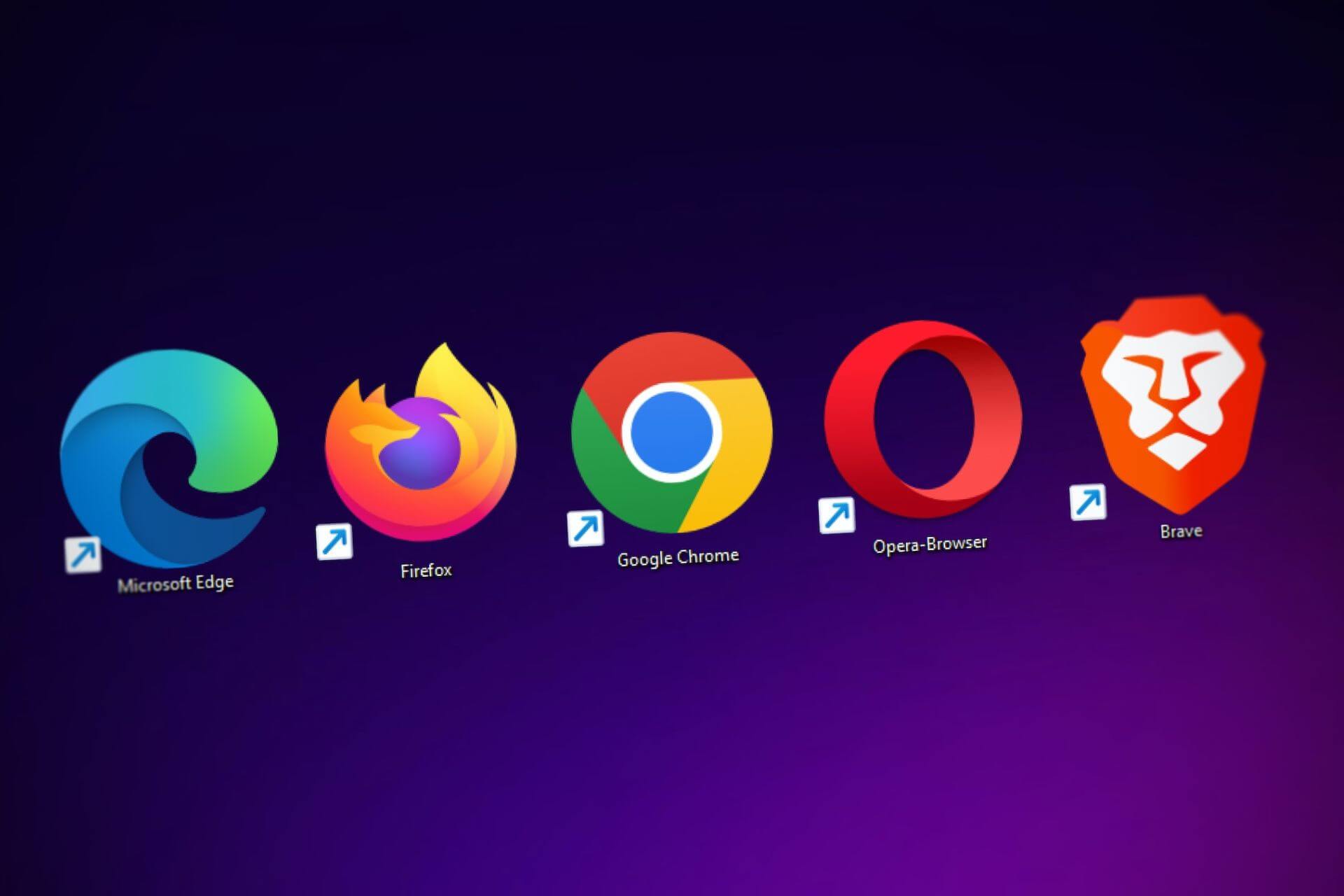
The Beginnings of Software Engineering: A Timeline
August 5, 2022 - Ellie Gabel
Revolutionized is reader-supported. When you buy through links on our site, we may earn an affiliate commision. Learn more here.
It’s an understatement to say we wouldn’t have the world as we know it without software engineering. This field has become so ubiquitous in our lives that it’s hard to imagine the modern era without it. But, like everything else, software engineering had a beginning. Learning about the beginnings of software engineering can help you understand the practice as a whole.
In this blog post, we’ll explore the origins of software engineering and see how it has evolved over time.
What Is Software Engineering?
In the most basic sense, software engineering is the process of designing, creating, testing and maintaining software. Essentially, engineers build codes and triggers to fulfill a certain action. This kind of engineering is everywhere in today’s technology landscape. It’s the reason we can play video games, browse social media apps and send emails to customers and clients.
When Did Software Engineering Begin?
So, when did software engineering begin? The term “software engineering” was first coined in 1972 by Dr. David Parnas when he published the paper, “On the Criteria To Be Used in Decomposing Systems into Modules.” This paper — and the dawn of software engineering — was the result of several notable innovations that happened years prior.
1950s-1960s: Computer Aided Software Engineering Tools
In 1954, researchers created FORTRAN, which many people consider to be the first programming language. Then, beginning in 1969, SofTech, Inc. started development on a modeling language called the structured analysis and design technique (SADT). This tool helped developers comprehend systems as a hierarchy of functions through activity models and data models.
1960s-1990s: Software Requirement Engineering Methodology, Personal Computers and Innovation
You can divide the history of software engineering into a few different eras.
The first era is from 1968-1986. At this point, the focus was on developing methodologies for software requirement engineering.
The 1970s were a tumultuous time for software engineering. This was the decade when it became clear the field needed to mature and evolve if it wanted to avoid collapsing under its own weight.
The “software crisis” stemmed from a number of factors, including the increasing complexity of software, the rising cost of development, and the growing demand for software.
While this was happening, the first set of preassembled personal computers debuted in 1977. Their release would eventually lead to an important period of software development in the 1980s.
In response to the software crisis, the United States Department of Defense (DoD) began funding research to find ways to improve software development. One notable outcome of this research was the Capability Maturity Model (CMM), which was developed in 1986. The CMM is a framework that can be used to assess and improve the process of software development.
Heading into the early 1990s, many new software engineering tools and methodologies were developed, including object-oriented programming, design patterns, and Unified Modeling Language (UML).
1990s-2000s: The Internet’s Emergence and Open Sourcing
The 1990s were a decade of great change for software engineering. The internet — after years of development starting in 1969 — began to become widely used in the early part of the decade. This had a profound impact on the field of software development for obvious reasons. The internet’s rise led to the development of new technology, such as web applications and e-commerce.
The open source movement began in the early 1990s and has had a major impact on software engineering. Anyone can access, use and modify open source software, making software development available to all. An example of one of the most popular open source projects is the Linux operating system.
2000s-2010s: Management Information Systems
This 10 year period mainly focused on developing management information systems (MIS). This is the decade when software engineering began to be used in a wide variety of industries, including healthcare, finance and manufacturing. A particularly notable use of software engineering throughout the 2000s was the introduction of social networking.
2010s-Present: Service Oriented Architecture and Beyond
The future of software engineering looks diverse and promising. Trends include artificial intelligence (AI), cloud computing, machine learning, blockchain technology, new programming languages and much more. By taking a look back at the origins of software engineering and comparing them to today’s progress, it’s clear to see how far the field has come.
Looking to the Future With Software Engineering
The beginnings of software engineering was an integral step towards today’s society. Over the last several decades, it’s come a long way and currently manifests itself in numerous everyday processes. There’s no telling what software engineers will accomplish and unveil in the future.
Revolutionized is reader-supported. When you buy through links on our site, we may earn an affiliate commision. Learn more here.
Author
Ellie Gabel
Ellie Gabel is a science writer specializing in astronomy and environmental science and is the Associate Editor of Revolutionized. Ellie's love of science stems from reading Richard Dawkins books and her favorite science magazines as a child, where she fell in love with the experiments included in each edition.




